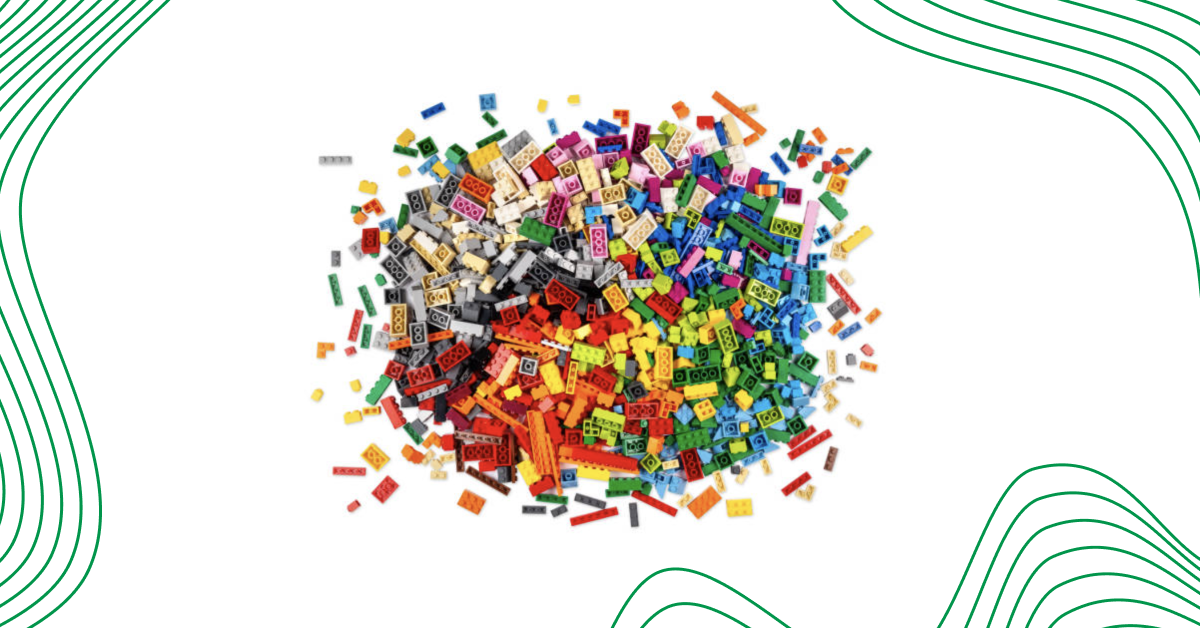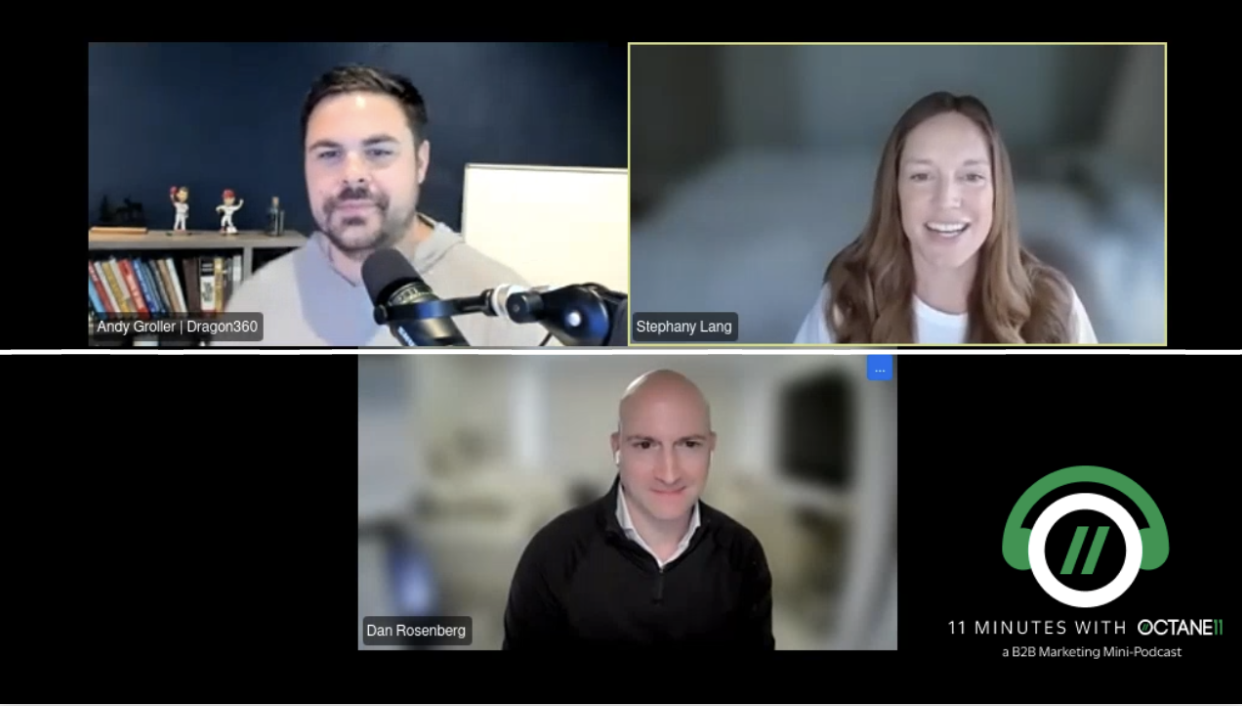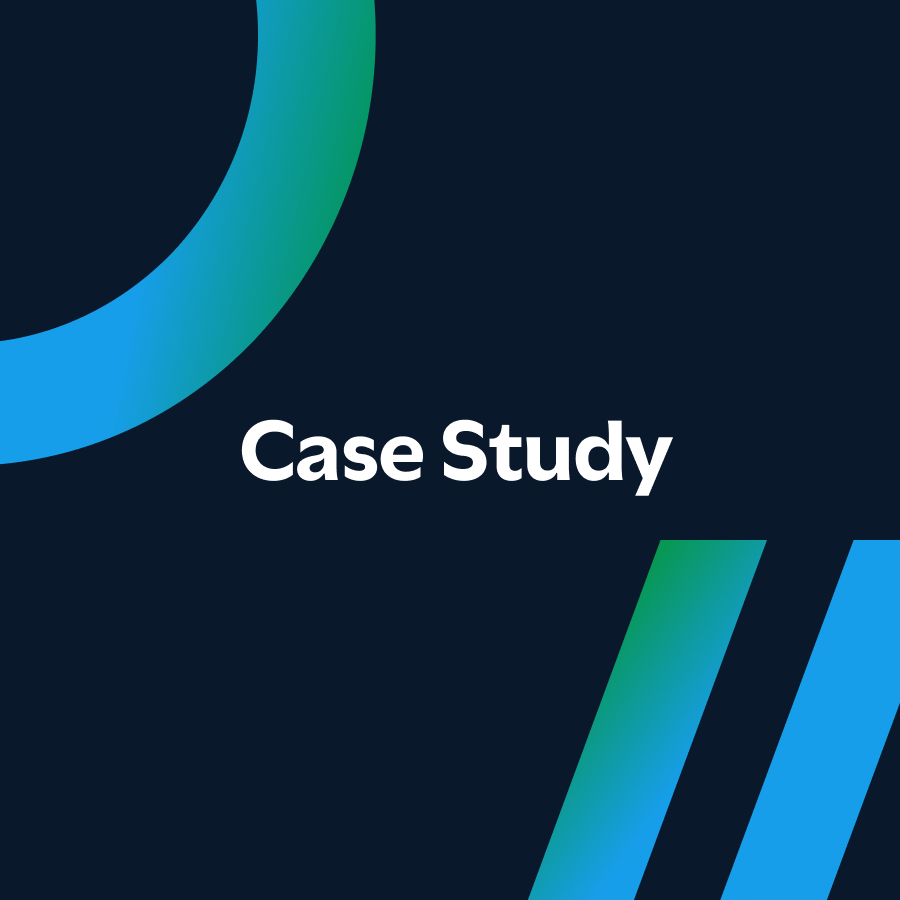Just a few weeks ago, Scott Brinker and Frans Riemersma got the conversation started on martech data trends for 2023 with their presentation, “Martech for 2023: The (Really) Big Picture.” They covered quite a bit of ground in their 100+ slide deck (thank you YouTube 2x playback speed 
Scott and Frans highlight that the growth in martech tools over the past couple of years has been staggering, so much so that the list of martech companies on their MartechMap tool now exceeds 10,000 across nearly 50 categories! While it may be hard to analyze so many companies, Scott and Frans uncovered some interesting patterns by enriching the data with information such as client ratings, age, and size.
One insight in particular highlights the fact that users prefer smaller, more recently launched tools – those that focus on a single problem or do one task really, really well – even if those tools have less market presence overall – an indication of future growth potential. Another observation is that one of the most-liked categories of tools is the “aggregation” category – perhaps not so surprising given the need to integrate this explosion of tools.
Frans describes these two seemingly conflicting trends as “atomization” (fragmentation or a move to point solutions) and “aggregation” (the need for integration and collaboration tools). Frans continues to explain that martech “atomization” looks like a Lego landscape where “an increasing number of best-of-feature solutions are integrated seamlessly into their part of the entire Martech ecosystem” in order to create the solution that delivers maximum customer value. But it’s not so easy…and that’s why the “aggregation” tools have become so popular.
But if atomization + aggregation is the trend, we should all be pros by now at bringing disparate tools together, right? So why is everyone still struggling with aggregation?
We think the weak link is that most people think of “aggregation” as simply pulling data from disparate systems into one data warehouse. People also often refer to “aggregation” and “integration” interchangeably, but is the data really integrated when it’s just pulled into a centralized place? Truly making aggregation work requires so much more! The critical step in data aggregation is the data transformation layer, which sits on top of the data warehouse to synthesize, normalize and enrich the data to make it truly actionable…and that’s a super challenging task that requires business leaders to collaborate with data engineers and data scientists to make it all work.
Here are the stark numbers: Businesses are expected to spend a whopping $40B per year on data warehousing by 2026, but they are ALSO going to spend another $40 billion on the PEOPLE required to do all that transformation work to make that data useful. Unfortunately, as business users have learned all too well, without proper data transformation, they end up spending more time wrangling the data than actually analyzing it, so all that data goes unused and unloved.
At Octane11, we set out to solve this exact people cost – to make data transformation vastly cheaper, faster, more accessible, and more usable for B2B enterprises. Our connected data platform integrates directly into your organization’s B2B sales, marketing and product tools and even into your existing data warehouse, ELT/ETL, and business intelligence platforms to eliminate the aggravation and inaccuracies that come from fragmented datasets.
We’re empowering B2B teams across marketing, sales, and more to access and action up-to-date data about a given account, channel, asset, and more in order to prioritize the most compelling opportunities and create the most personalized customer experiences…without needing to embark on a giant data engineering process.
If you’re interested in learning how we can help you do the same, reach out to us – we’d love to chat. (click here to book a demo)




